3.7 Meine Körpergröße und Haarlänge

Hallo allerseits!
Zum Aufwärmen machen wir unseren Tagesminiplausch und eine Wiederholung.
Wiederholung
In the previous lesson, you learned some parts of the body and how to count/use plural forms for parts of the body. Let’s review!
Lektionsüberblick
Now that you could sing the German version of “Head, shoulders, knees, and toes” (“Kopf, Schultern, Knie und Fuß“), in this lesson, we will look at which words we can use to describe some of our body. Just like in English, where you would not use short and small interchangeably (a person does not have short feet nor small hair), German also uses specific size words. In the end, you will be able to talk about 1) your height (and other big and small body parts) and 2) the length of your hair (and other long and short body parts). Feel free to lachen (laugh) a little at that! 😉
1) Groß oder klein
When describing our physical appearance, it’s helpful to be able to express how tall we are. German speakers say their Körpergröße (height) in centimeters. This is important because even if you correctly state your height in feet and inches, this is not easily understood by Germans.
Using a feet to centimeter conversion calculator, how tall are you in centimeters? If you would like to learn how to say this number in German, you can check out this video.
We can also describe Körpergröße more generally. In fact, you might recall the words klein, mittelgroß, und groß from our unit on Familie und Herkunft and the word sehr from more recent lessons. Can you guess what these words might mean in the context of height?
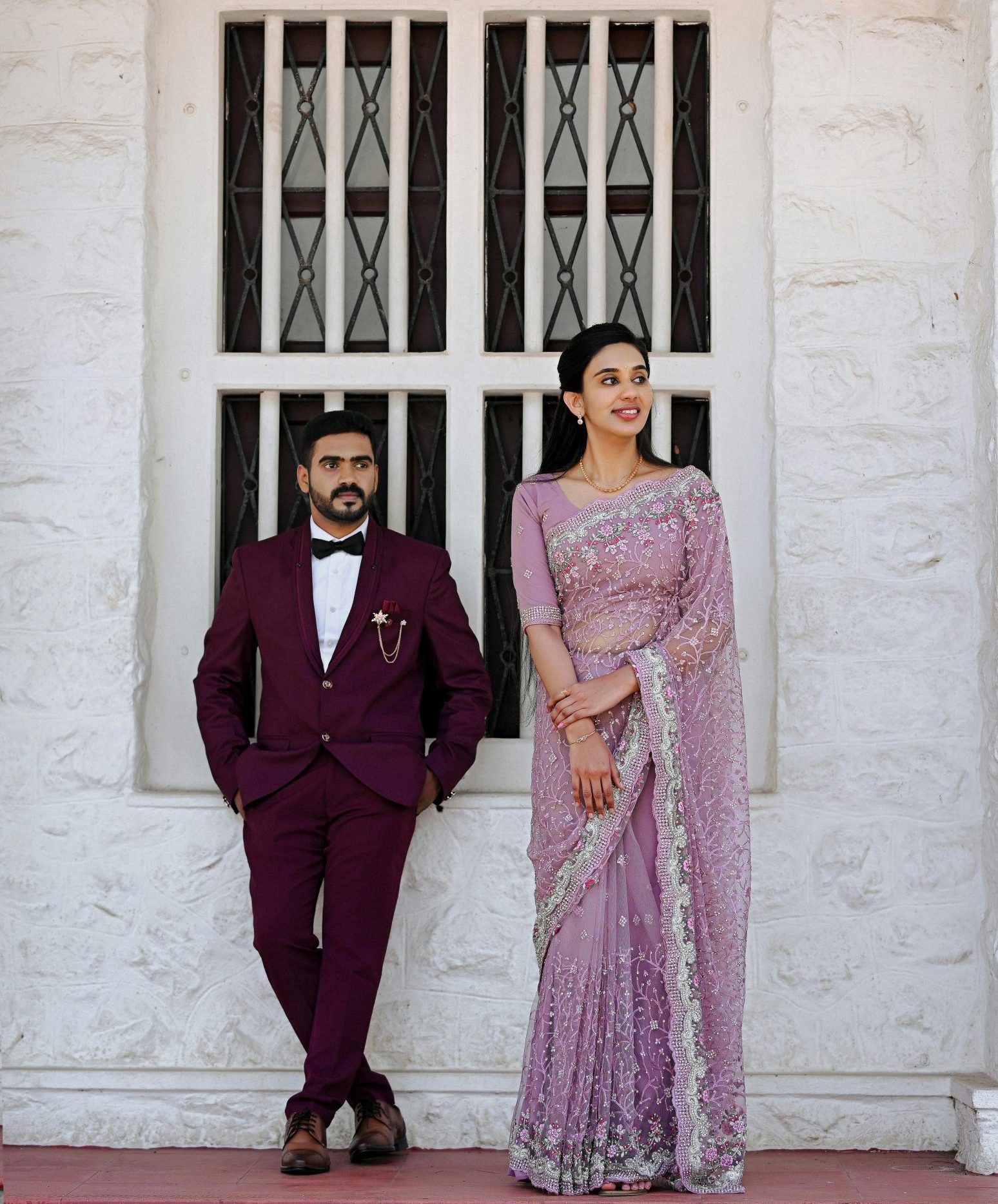 |
| klein und groß |
See if you can use the information in the image above and your prior knowledge to complete the activity below.
Was ist noch groß oder klein? (What else can be big or small?) Augen, Ohren, Nase, Mund, Füße, und Hände! Let’s practice. Be sure to click through to each question.
Jetzt bist du dran!
Ich bin 169cm groß, also mittelgroß. Ich habe große Augen, mittelgroße Ohren, kleine Füße und kleine Hände. Ich habe eine mittelgroße Nase und einen mittelgroßen Mund.
Köln im Blickpunkt

Johann Maria Farina (1685–1766) war ein italienischer Parfümeur, der nach Köln zog. Dort erfand er ein Duftwasser und nannte es „Eau de Cologne“ nach der Stadt. Dieses Parfum ist noch heute auf der ganzen Welt bekannt und wird immer noch in Köln hergestellt.
Johann Maria Farina was an Italian perfumer who moved to Cologne. There, he invented a fragrance and named it “Eau de Cologne” after the city. This perfume is still known worldwide today and is still produced in Cologne.
2) Lang oder kurz
So if we use klein, mittelgroß, und groß for height, how do we describe the length of hair, arms, legs, fingers, nails, etc.? Eine gute Frage! (a good question!) Let’s look at how the following people describe themselves.
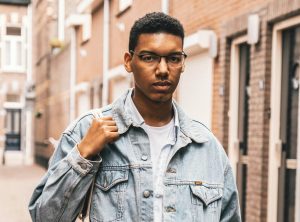
Ich habe kurze Haare. |

Ich habe lange Haare. |
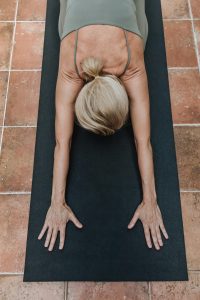
Ich habe lange Arme. |
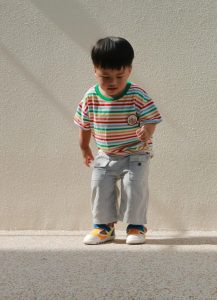
Ich habe kurze Beine. |
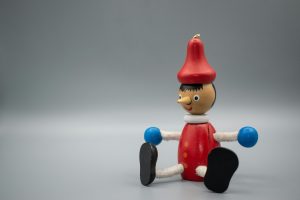
Ich habe eine lange Nase. |

Ich habe lange Nägel. |
Now let’s practice using kurz und lang. Be sure to click through each question in the question set below.
Jetzt bist du dran!
Ich habe lange Haare. Ich habe lange Beine. Ich habe kurze Finger und kurze Nägel.
(You can see that she does not name everything, because you really only comment on the length of anything (except for hair), if it is unusually short or long.)
Zum Schluß
Imagine again that we have invented a way to speak to aliens – but we can’t see them. They seem to have the same kinds body parts we have, but not necessarily the same number, nor the same proportions Listen to the alien’s description of itself and draw what you hear. Then read the text and confirm.

*As you conclude this lesson, don’t forget to check Canvas!*

Media Attributions
- 1010-1020 banner long large reduced
- Photo of couple by pexels-jinto-mathew-3071051-11146331 © Mathew Jinto is licensed under a CC BY-SA (Attribution ShareAlike) license
- Photo of Johann Maria Farina, Wikipedia Commons, Public Domain
- Photo of man in denim jacket by pexels-steshkawillems-2344601 © Steshka Willems is licensed under a CC0 (Creative Commons Zero) license
- Photo of Shakira from Willkommen deutsch für alle by 2023-11-16_Gala_de_los_Latin_Grammy,_03_(cropped)02 © Junta de Andalucía is licensed under a CC BY-SA (Attribution ShareAlike) license
- Photo by Ron Lach : https://www.pexels.com/photo/high-angle-view-on-woman-laying-down-on-mat-10223018/
- Photo of little boy by by Năm Nồng nàn: https://www.pexels.com/photo/boy-in-t-shirt-standing-near-white-wall-22840308/
- Photo by Florencio Rojas: https://www.pexels.com/photo/a-wooden-pinocchio-toy-in-close-up-photography-6172025/
- Photo of woman’s hand by PNW Production: https://www.pexels.com/photo/a-person-with-her-arms-on-a-wooden-block-with-flowers-8377435/
- Private: confidence scale_large horizontal_updated

